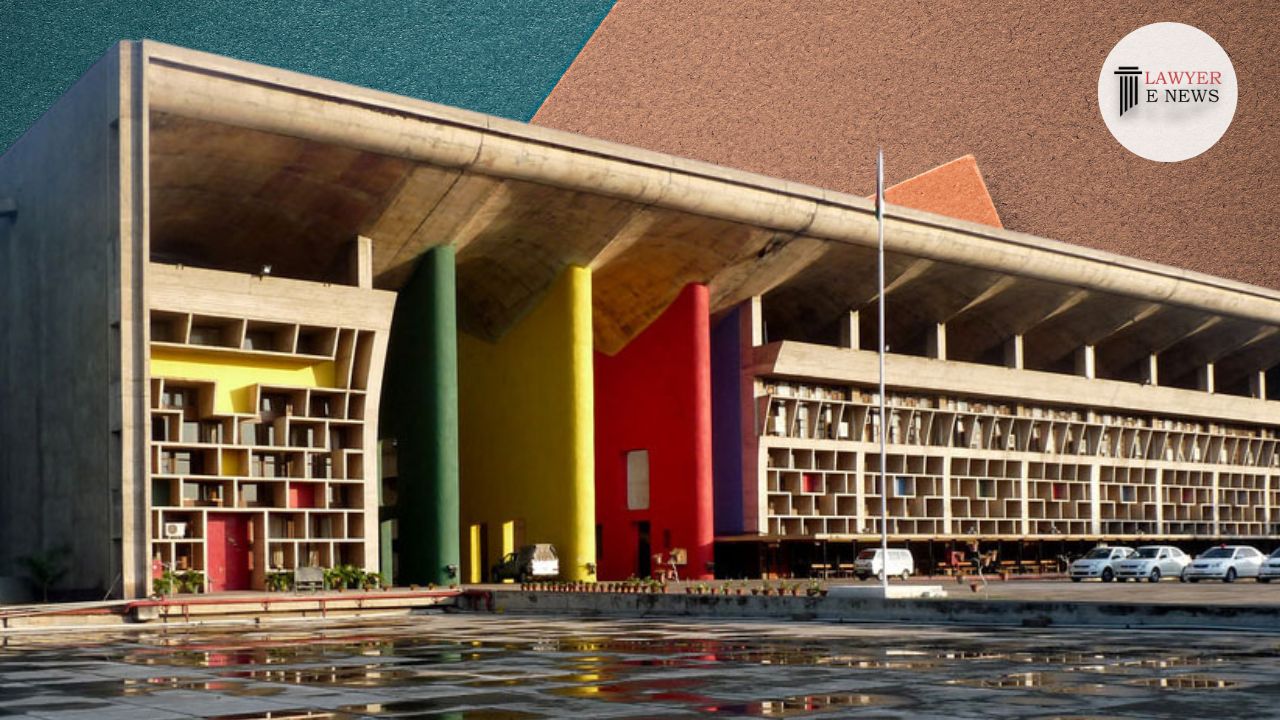-
by Admin
07 December 2025 9:24 AM



In a significant move aimed at addressing the burgeoning requirements of the judiciary, the High Court has directed the Chandigarh Administration to allocate land in Sarangpur for the expansion of High Court facilities. The decision came in the wake of the court’s observations about the increasing strength of judges and the corresponding need for more space.
During the hearing of case numbers CWP-PIL-9-2023 (O&M) and CWP-27621-2013 (O&M), the bench comprising Acting Chief Justice Ritu Bahri and Justice Nidhi Gupta noted the substantial growth in the number of judges and advocates over the past decades. “As on today, the sanctioned strength of the High Court Judges is 85 and there are about 10,000 to 12,000 registered advocates in the High Court,” the bench observed.
Highlighting the historical perspective, the court pointed out that the sanctioned strength of the judges has risen from 9 in 1954 to 85 in 2024. This dramatic increase, along with the projection of a further rise to approximately 140-150 judges in the next 50 years, necessitates a significant expansion of the High Court’s infrastructure.
The proposed expansion includes the allotment of three plots in Sarangpur, comprising two plots of 6 acres each and one plot of 2.86 acres. This allotment is seen as crucial for accommodating the growing number of judges and the administrative staff. The court made it clear that, contrary to the earlier order dated 21.12.2023, the High Court will not relinquish its buildings in Sector 17 and Industrial Area Phase-I, Chandigarh.
In its ruling, the court directed the Chandigarh Administration to ensure the allotment of these plots, keeping in mind the future needs of the judiciary. The case is slated for further hearing on 24.01.2024, with the court’s order expected to have significant implications for the judicial infrastructure in Chandigarh.
The High Court’s proactive approach in planning for future requirements highlights the dynamic nature of India’s judicial system and its commitment to adapting to changing circumstances. The decision marks a significant step in ensuring that the judiciary’s infrastructure keeps pace with its evolving needs.
Date of Decision: 19 January 2024
Vinod Dhatterwal and others Vs. Union of India and others
